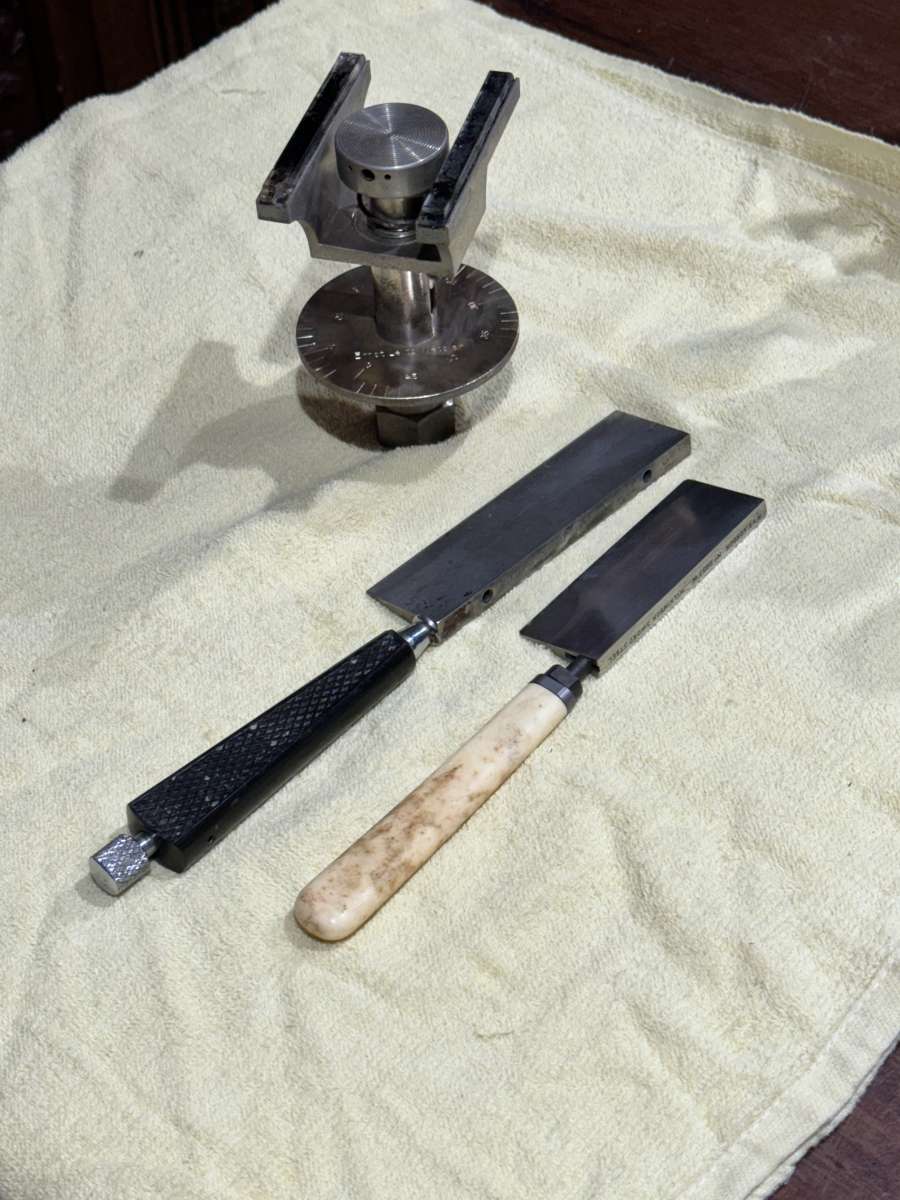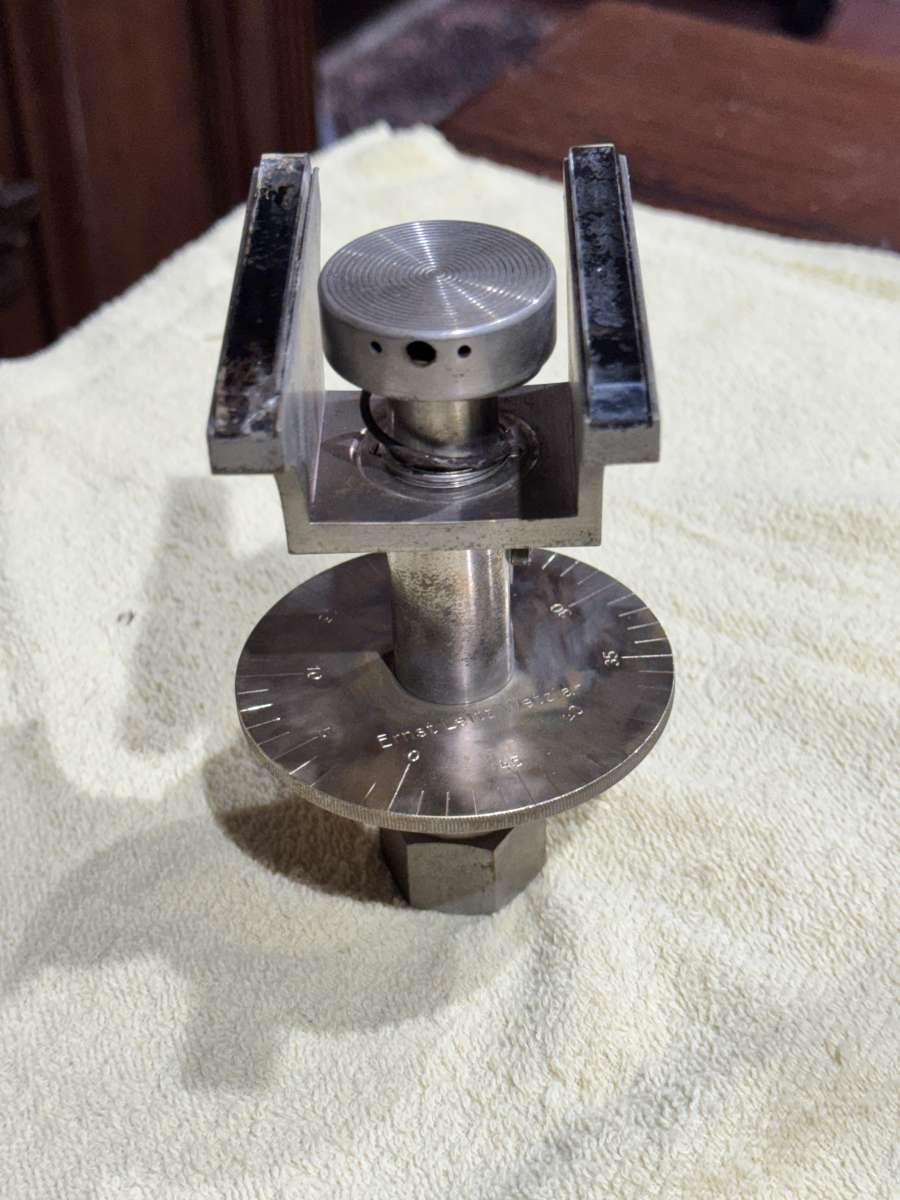Funnily enough, having an Engineer running the company was not a danger sign…
Howard
I should have explained why I said it was a danger sign!
It’s not because engineers are automatically bad managers who don’t understand people, money or markets! It’s because prejudice against engineers means they are rarely allowed to take charge. An engineer getting the top job often meant that everyone else had failed, and the company was already on the rocks.
Commercial success is very much a team game, and organisations have to be arranged to get the best out of everybody. As no-one understands everything, it can’t be expected that an engineer will understand the accounts, or that an accountant will understand technology, or that either will notice that the business relies on a product-line that’s becoming uncompetitive.
Most specialists have blind-spots. Engineers tend to insist on producing the best possible product, irrespective of time and cost. Bad because most customers only want ‘value for money’, and they want it now please. Accountants obsess with balancing the books, and tend to be risk averse. Managers tend to bog down in people, admin and operational problems – hiring, firing, disciplinary issues, budget management, scheduling, and sorting out problems etc. They’re often prevented from improving efficiency or effectiveness by everyone else – because change always hurts somebody! The workforce tend only to see immediate local problems, and are often blissfully unaware of serious issues elsewhere. Shareholders and owners tend to obsess about profits, and might cheerfully destroy a company by asset stripping it. Leaders worry about the future, and might not notice serious operational problems or structural issues. They also tend to play politics, worrying more about their bonuses and next job, than the organisation itself. Thus we see the Post Office leadership rewarded with large payouts and honours, whilst guilty of overseeing an scandalous large-scale injustice of the worst kind.
Difficult to get the balance of skills right and then maintain it. Many organisations get themselves into a position where they can’t or won’t change, or fail to implement change effectively. In the last 3 decades of the 20th century, large numbers of British manufacturing companies collapsed. They had failed to remain competitive in a rapidly changing world, more to do with attitudes than engineering. It’s hard to teach old dogs new tricks. For example the almost universal resistance to metrication was toxic because customers mostly wanted metric, and had absolutely no loyalty to Imperial measure. Allowing elderly foremen in the 1970s to tell youngsters straight from college to ignore metric was was a bad mistake.
Sad but true that by the time an engineer was running the company, it was too late. Many exceptions of course.
Dave
Martin Kyte.






